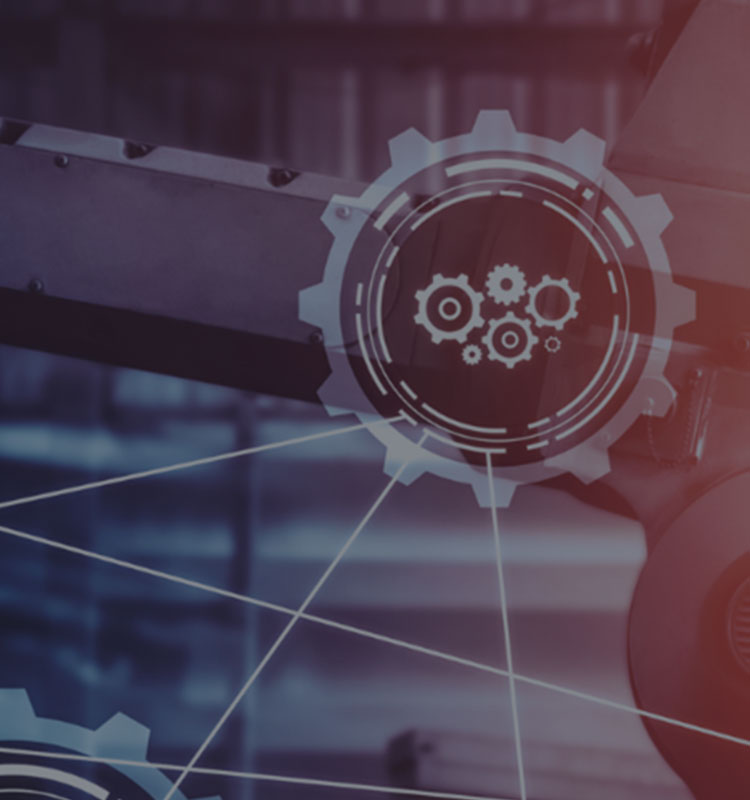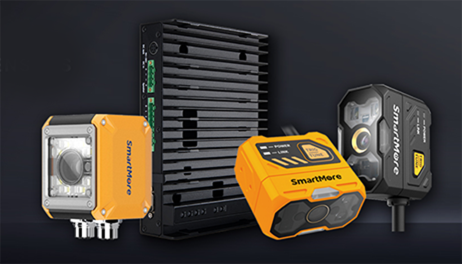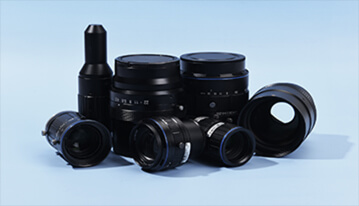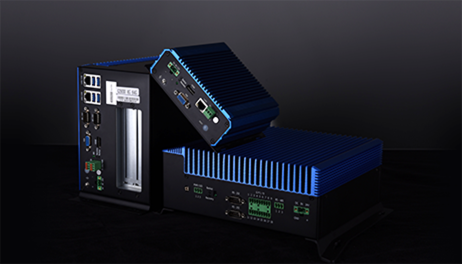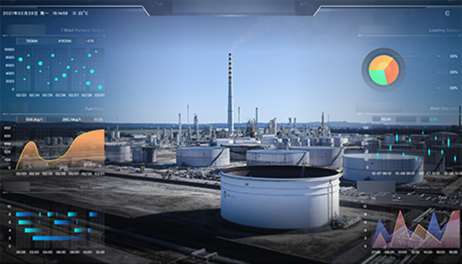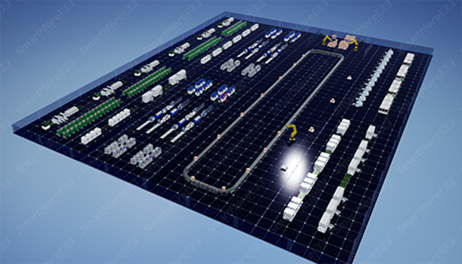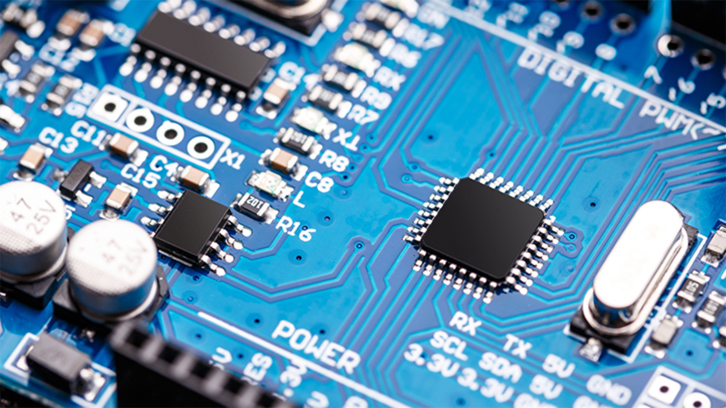Industrial Internet of Things (IIoT) refers to a network of embedded sensors, software and other technologies generating data streams in an industrial environment. This network records, monitors and adjusts each interaction between components.
Broadly speaking, the three core components of IIoT in Smart Manufacturing are:
Edge Devices
Data Visualization Platform
Management & Analysis Platform
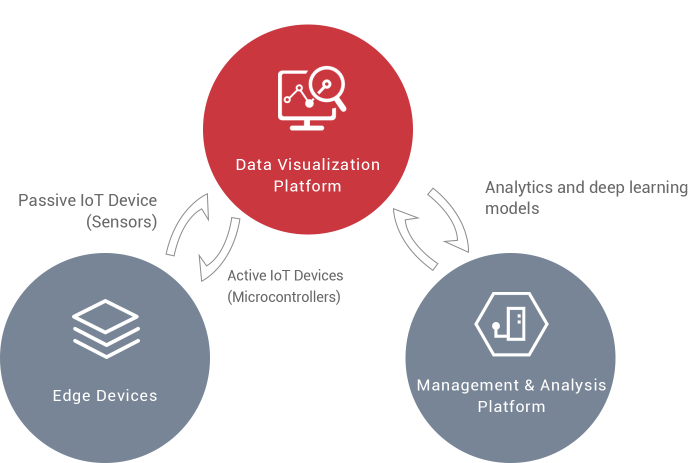
Forming the foundation for IIoT, edge devices serve two main functions. Passive edge devices (e.g. sensors) collect and generate data for the end-user, and active edge devices (e.g. microcontrollers) allow the end-user to remotely interact with and exert influence over the network. Through high speed scanners installed along the production line, we can quickly track and trace products and materials. Furthermore, smart sensors with computer vision capabilities can realize defect detection and material classification. The end-user can also make use of other various equipment to control and manage the manufacturing line.
The next core component to realize Smart Manufacturing will be the IoT data platform that aggregates and visualizes data captured from edge devices. Through these data platforms, the user would be able to manage a wide range of data streams, as well as monitor both equipment status and production output. The aggregated data can be represented as numerical readouts and charts or as complex as a real-time digital model of the physical facility.
Lastly, with platform-as-a-service (PaaS) applications that capture and analyze data from the edge devices in the IIoT network, the “Smart” component of Smart Manufacturing can be properly realized. This management and analysis platform uses a variety of models and algorithms as appropriate to allow the end-user proactively prevent equipment breakdown, perform predictive and preventive maintenance as well as to identify anomalies in the system. Beyond the production line, these analyses can also guide their planning towards both the upstream and downstream supply chains through demand and production forecasting.




